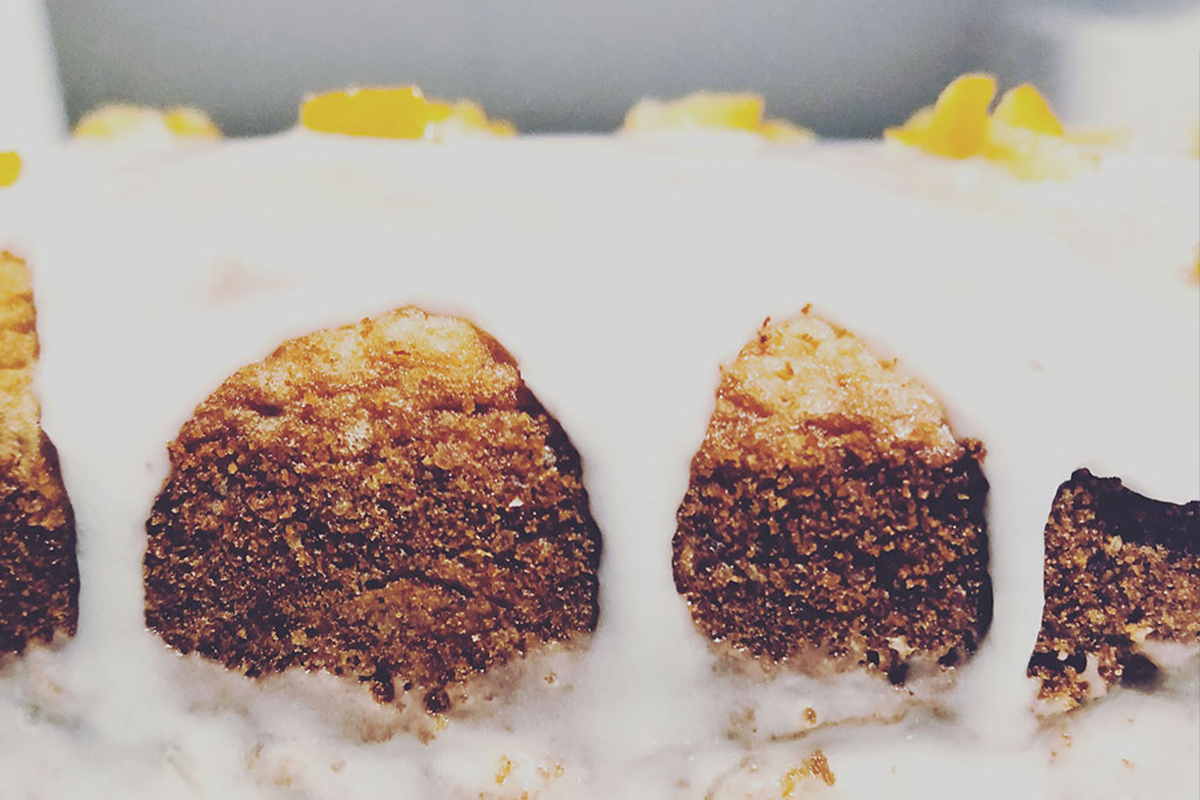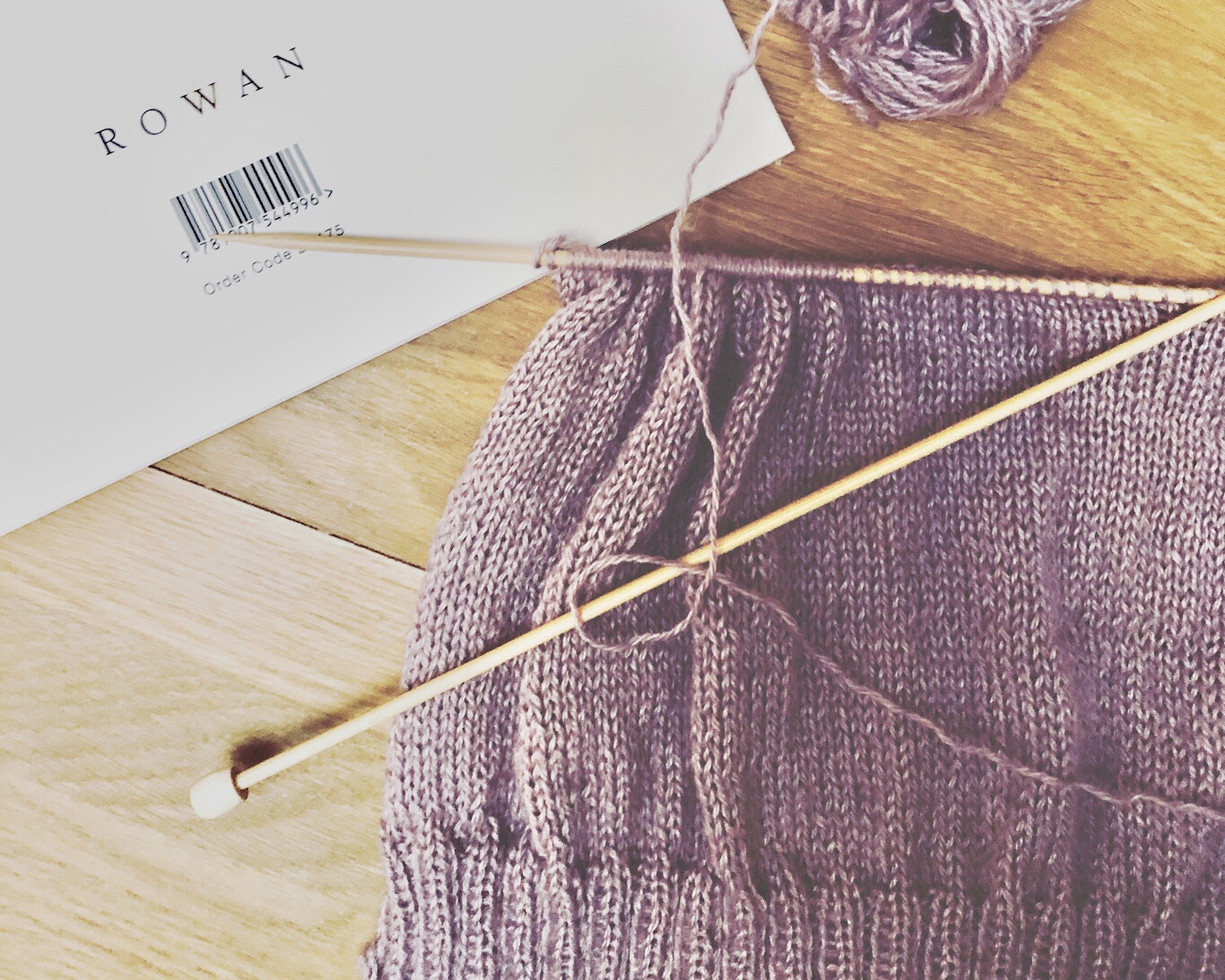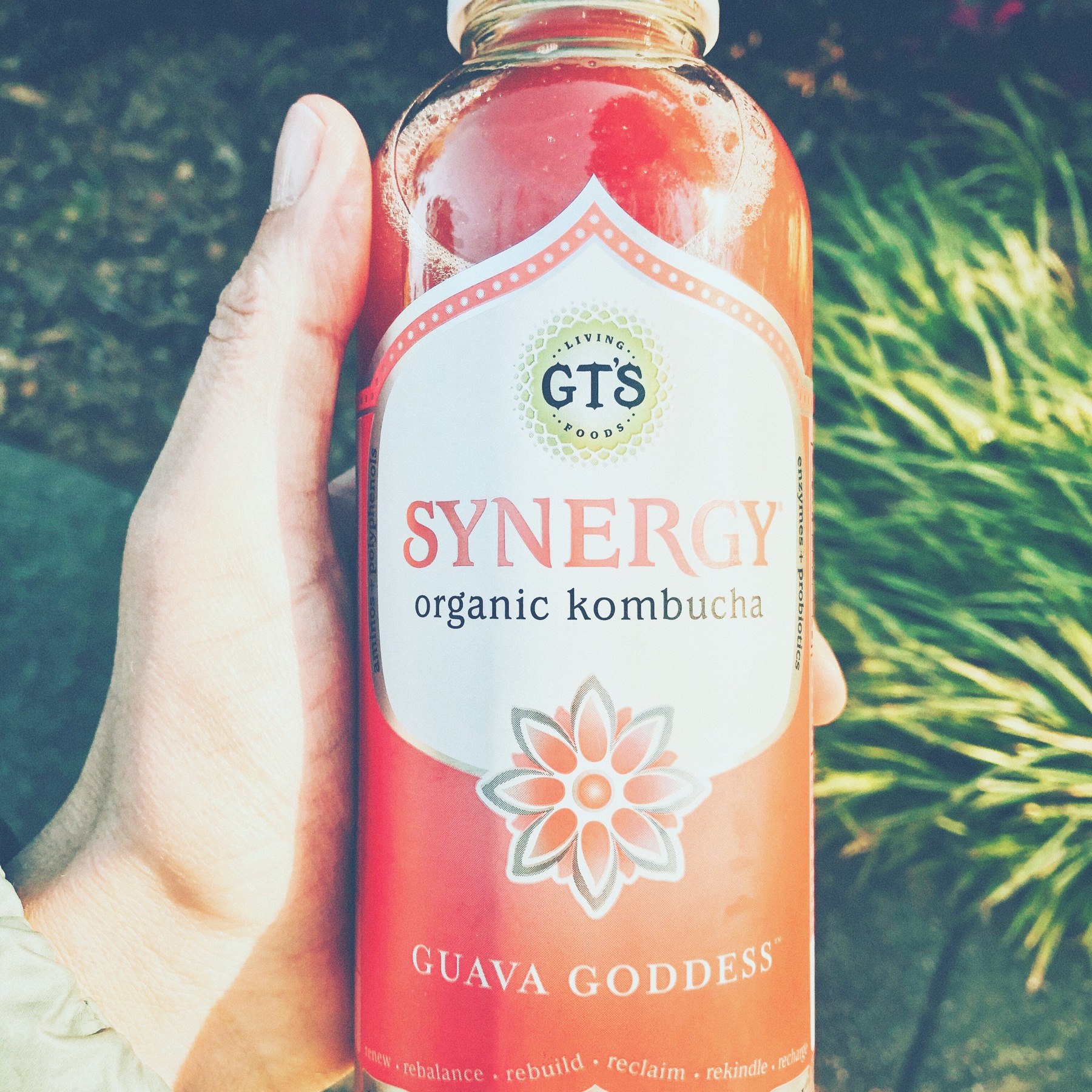I’m not sure what it is about lemons, the color, the flavor, the scent… I love it all. Things may be different now, but when I was growing up in Costa Rica, you couldn’t find lemons anywhere in San José. We had limes — tons of limes — and at our house, we drank limeade almost daily with lunch, dinner, and with pretty much everything in between. I loved that, too! It wasn’t until I lived abroad that I finally got to taste lemons — and then, quickly, I fell in love with them.
For me, lemons symbolize spring and the start of warmer weather. So, as soon as spring gets near, I start to crave lemon everything (even in the color of the clothes I wear).
Since the beginning of February, yellow colors are popping up everywhere: daffodils, acacia trees, spring fashion in store windows, and all sorts of lemony cravings in my head! So, when about two weekends ago, I was asked to bring some dessert to one of our family dinners, understandably, I chose to bring lemon cake.
The recipe for this lemon cake is from my favorite baking cookbook, Sju Sorters Kakor, which I’ve had for what seems like forever. I got the book as a present many moons ago. I thought I remembered who gave me the book, but I am embarrassed to say that I don’t.
Hey, wait! There’s a note on the front cover.

From Us.”
Från oss??? Well, that doesn’t help much, does it?
Note: This looks a lot like my host sister’s handwriting. I remember now, she gave this to me. She knew how much I loved baking.
What’s also funny is that I realized today as I was writing this post, that whenever I bake something from this book, I first have to cross my fingers and hope that I can still trust my rusty Swedish. Second, I need to pray that my unique measuring strategies result in something we can eat. For these reasons, about two hours before the party, I realized I probably shouldn’t have chosen to bake something I’d never made before. But it was already too late at that point.
Since I left Sweden, pretty much every recipe in this book has been tweaked by me for the simple reason that I cannot find measuring cups like the ones every Swede probably has in their house, which I’m sure you could get at Ikea — their Ikea, that is. The one across the Atlantic, and not the one across the Bay Bridge.
See, in Sweden, things like flour and sugar are measured in deciliters, not American cups. And today after all these years I was kind of surprised at the fact that I’ve never tried harder to figure out how to tweak these recipes so I can use a regular cup measure. For the past 20 years, I’ve just been guesstimating the quantities.
Yes, I know that my measuring cups have metric equivalents stamped on them. One cup equals 236 ml. which is the same as 2.36 dl. and 1/4 cup is 59 ml. or 0.59 dl., but it frustrates me that I cannot just measure out 1 dl. of flour and use my knife to level the flour across this perfect, inexistent cup.
So here are some of the strategies I’ve come up with over the years to get around this:
“1/2-cup-it” all the way: If you decide to try these recipes, this might be your best bet! The 1/2 cup measure at 118 ml. is the closest thing to 1 dl. You can use this just like that, or scoop out a bit. The amount you take out is a little arbitrary, but if you’re a perfectionist, I recommend you remove 1 Tbsp., which is equivalent to 15 ml. (3 ml. more, 3 ml. less, no one will ever notice!) 😉
“Pyrex-cup-it“: My favorite solution to this problem is to use my Pyrex liquid cup measure. These cups have lines for 1 dl, 1.5 dl., etc., all the way to 2.5 dl. (Thank you, Pyrex!) I am not sure this is accurate, but it has worked for me in the past. Just make sure to bring the cup to eye level to ensure you are on the right line!
Besides my measuring challenges, I’m also sometimes surprised by the recipes in this book if I haven’t reviewed the instructions carefully before I start to bake. For this cake, it wasn’t until I had it on the cooling rack, ready for glazing, that I realized that citronkräm (direct translation: lemon cream) was the equivalent to lemon curd and that I’d be making it from scratch! At this point, my daughter looked at me with a little bit of worry in her eyes, and I had to give her the confident mom look that said, “We’ve got this. We will eat lemon cake!”
If you don’t ever bake this cake, I recommend you try the lemon cream on the side of some shortbread or maybe with some scones. Yum!
The cake turned out nicely, not dry at all, which is always my greatest fear. The white glace was a little runny because I added a bit too much lemon juice, so it looked a little messy. For the topping, we had some homemade candied orange peel that Patrick had prepared for another recipe. So the cake didn’t look exactly like the one in the book, but it worked.
And speaking of lemons and spring, yellow has popped up in my closet as well. Clothes are one of my biggest weaknesses. I’ve been trying to be better about buying only what I need. I needed a new button-up shirt and found one a few days ago. It is very yellow. I think you could place it in the neon category. Yes, it is that bright. It’s something that I will probably only be able to pull off when it’s officially spring or summer. Honestly, I can’t wait to wear it.
How about you? Do you like bright, cheery colors? Limes, lemons and everything citrus, like I do?
Below is the recipe as I made it. Let me know if you try it!
Glazed Lemon Cake
An easy cake that will satisfy your lemon cravings any day. Adapted from the book Sju Sorters Kakor.
for the cake
- 150 g butter
- 1.5 cups sugar
- 2 large eggs
- zest of 1 large lemon
- 1/2 cup milk
- 2 cups flour
- 2 tsp baking powder
for the glaze
- 1 cup powdered sugar
- 2 tbsp lemon juice
- 2-3 tbsp lemon zest used for garnish; optional candied lemon peel
for the lemon cream
- 1 lemon
- 2 eggs
- 3/4 c sugar
- 100 g butter
make the cake
- Grease the pan and cover with flour or bread crumbs. Shake off excess and put aside.
- Using a mixer at medium speed, beat the butter with the sugar until fluffy.
- Add one egg at a time, mixing well between each addition.
- Add the lemon zest, milk and flour mixed with the baking powder.
- Pour mixture in the prepared pan and bake in the lower part of the oven for about 40 minutes, or until a toothpick (I use a bamboo skewer) comes out clean after you insert it into the cake.
make the frosting
- Mix together the powdered sugar and lemon juice to make a smooth paste.
- Spread the mixture over the cake while it’s still a little warm.
- Sprinkle with lemon zest to add color.
optional lemon cream filling
- Zest and juice the lemon.
- Beat sugar together with the eggs until light and fluffy.
- Add the lemon juice and the lemon zest to the egg mixture.
- Melt the butter in a small saucepan at medium heat.
- Add the egg mixture to the butter while whisking briskly. Continue to whisk the mixture until it thickens and takes on a creamy consistency. Remove from the heat and let it cool.
notes
- If using lemon cream, add it between the cake layers before you glaze the cake.
- You can even add some whipped cream to make the filling become creamier. (Beat 1 box of cold heavy cream in your beater until soft peaks form. Fold into lemon mixture.)
You can save the lemon cream in a jar for a day or two in the fridge. Let it cool completely before doing so. It’s great with scones.
Let me know if you try this.
💛 G




